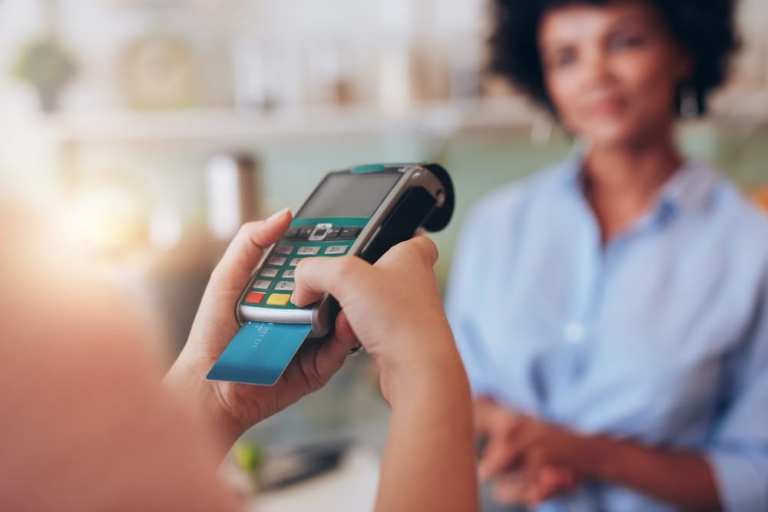Next-Gen Debit Still Ahead Of Its Time

When the U.S. Department of the Treasury’s Bureau of the Fiscal Service disburses monies to federal benefit recipients, from veterans to senior citizens and many others, it uses millions of direct deposit prepaid debit cards as part of the payments mix.
In January, the Fiscal Service announced that Texas-based Comerica Bank will continue for the next five years as the financial agent for the government’s Direct Express® program, which provides 4.5 million prepaid debit cards to mostly unbanked federal beneficiaries.
In a statement, Treasury’s Chief Disbursing Officer Ronda Kent said, “For more than 10 years, the Direct Express® program has provided unbanked federal beneficiaries with a low-cost, secure payment option, and has done so with a consistently high customer satisfaction rating of 94 percent. This new agreement builds on the success of the Direct Express® program by continuing to focus on the customer while lowering the cost to American taxpayers.”
Direct Express® is one of several informative use cases in the PYMNTS February 2020 Next-Gen Debit Tracker® done in collaboration with PULSE, a Discover company. Debit has never been more popular, given today’s abundance of credit-averse millennial and Gen Y consumers. And it has many uses beyond personal spend control, as this latest Tracker lays out.
“The Original Faster Payments Networks”
Since the Great Recession, debit cards have soared in popularity with 30- and 40-something millennials who, at a tender age, saw their parents drowning in high-interest credit card debt. That socioeconomic trauma lives on in collective memory, and while card usage has been rising steadily for the past few years, debit is bigger than ever with card-using consumers.
“From their inception, debit networks were the original faster payments networks, built to deliver faster approvals at checkouts and faster posting to consumer accounts,” Jennifer Schroeder, executive vice president of product management at PULSE, told PYMNTS. “Today, at the point of sale, you insert or tap your card and enter your PIN, or in some cases, not even that. It’s approved. You’re done. As merchants shift to pay and pickup – or delivery and cashierless – checkout methods, debit has the remote payments capabilities in place.”
In addition to all the private-sector action is the government’s decade-old decision to use debit to disburse federal funds in a more democratic and humane way than mailing paper checks to beneficiaries who many not have a mailing address, much less a bank account.
As for the use of debit by the Treasury Department’s Bureau of the Fiscal Service, we discover in the Next-Gen Debit Tracker® that the new agreement “…differs from the pair’s previous pact in that it specifies Comerica must provide more intensive customer service, a greater level of reporting and lower fees to cardholders on some transactions. The Fiscal Service examined potential FI partners’ costs, customer service and dependability, among other factors, before selecting Comerica,” the report states.
Debt Rises, Debit Roars
We learn in the Next-Gen Debit Tracker® that debit usage is up around the world. The U.K. provides some of the most interesting stats, like the fact that debit has been growing at a relaxed pace of around 2 percent per year in that country, even as storm clouds gather. The latest Tracker also notes a concerning rise in credit card debt … again.
That’s the curious thing about debit these days: It was the first “faster payments system” by some lights, though it was never as desirable as credit cards with large unsecured amounts available. Now, with enhanced security features adding to its latent convenience and comfort level, debit is turning out the more remunerative “next-gen” payments tech.